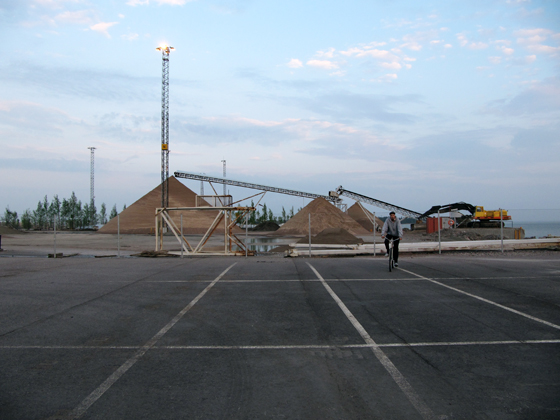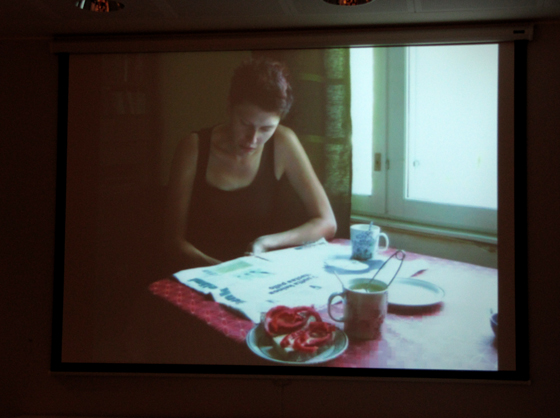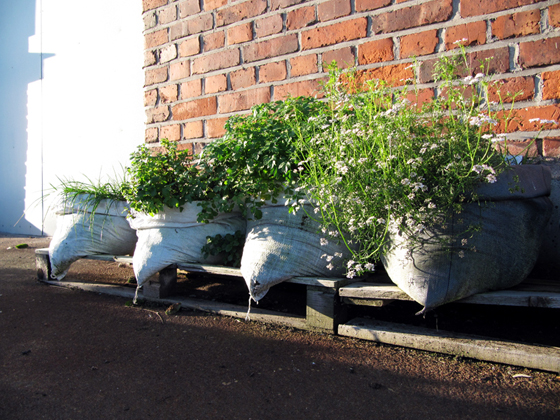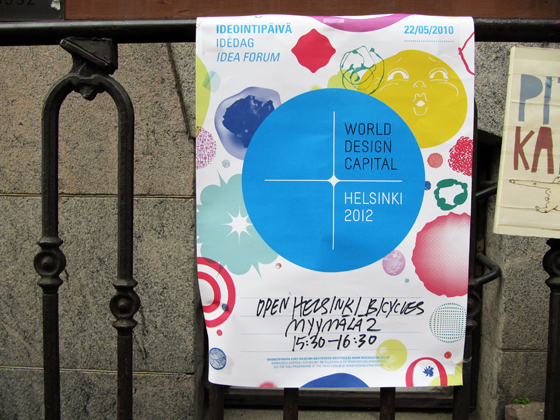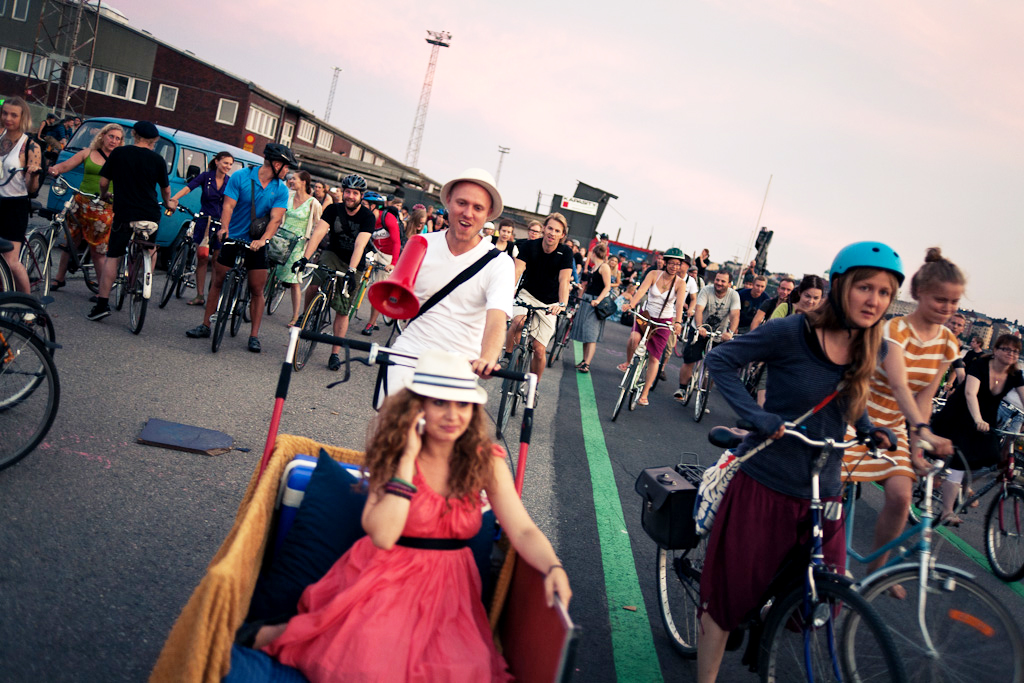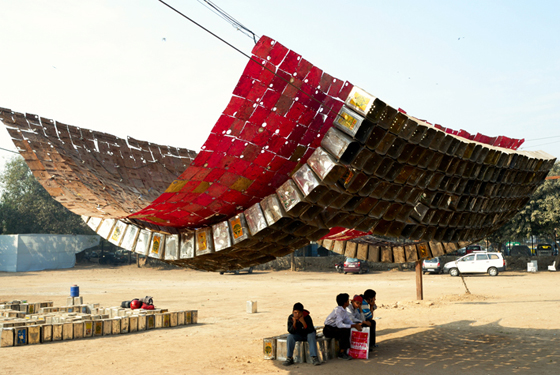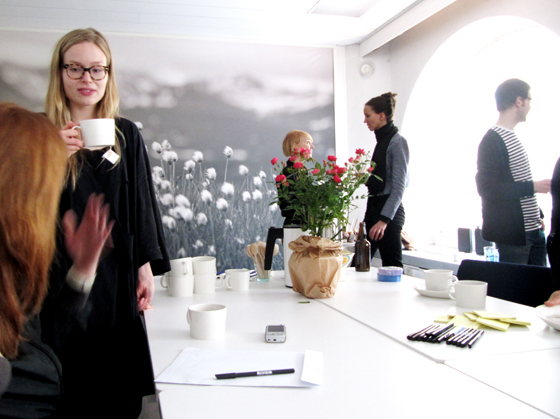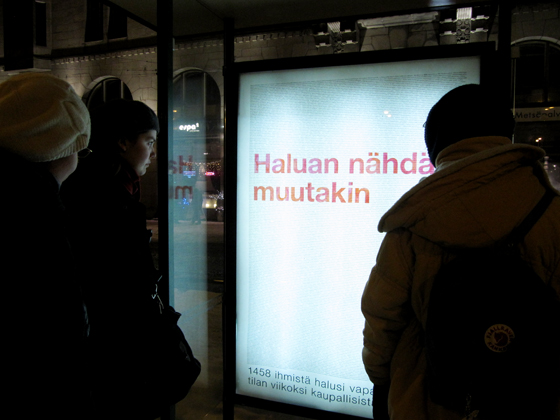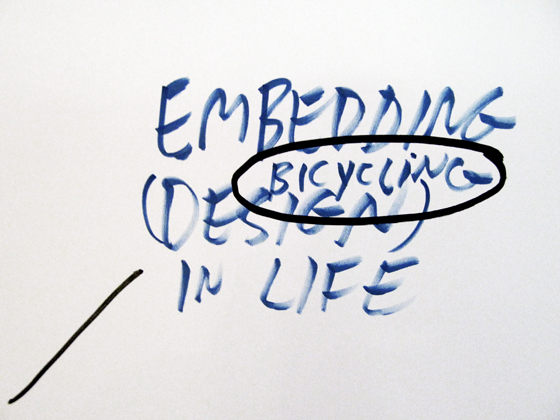
There has recently been a lot of talk about cycling in Helsinki. On the last weekend of September, at the Megapolis event organised by the NGO Dodo, we had the chance to listen to inspiring examples from Copenhagen. At the same time, Dodo published an initiative claiming that Helsinki should promote its citizens’ well being with a bicycling program. Definitely a good target for our coming year as World Design Capital 2012. In Helsinki, only 6% ride bikes, whereas in Oulu the number is 20, and in central Copenhagen over half of the people cycle daily. It is clear that there is a lot of untapped potential that cycling could offer for Helsinki, both from the perspective of inhabitants, business and visitors.
Before the Megapolis event, a friend of mine happened to introduce me to one of the keynote speakers, Danish bicycle ambassador Mikael Colville-Andersen, who had just been on a bicycle ride around the Kalasatama harbour. We had a cup of coffee and an interesting discussion about urban cultures and bicycles.
While sipping his coffee at the window table, Colville-Andersen took photos of the cyclists passing by. He runs the famous blog Copenhagen Cycle Chic, and organised also a Helsinki Cycle Chic session – a photo shoot gathering of stylish cyclists in Helsinki. In his blog, Colville-Andersen wants to promote the image of cycling as a practical and glamorous lifestyle. He shows that we don’t need expensive high-tech gears or lycra wear in daily commuting – a skirt and high heels are just as fine as any other costume.
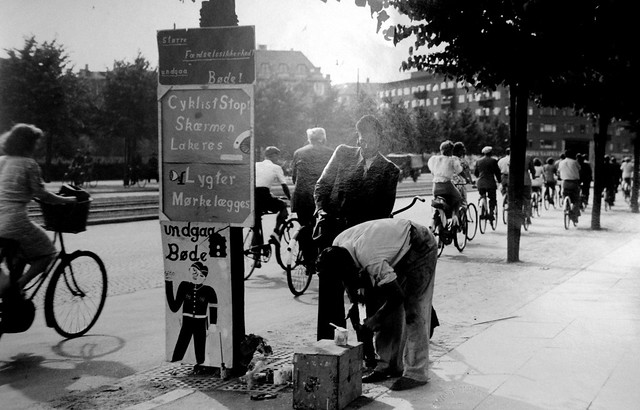
After seeing Colville-Andersen’s presentation at Megapolis, I can well say that there are a lot of things to learn from Copenhagen. To start with, there is a wide network of two-lane bicycle paths, along which 500 000 people ride their bikes daily. When the winter comes with its snow storms, the bike lanes are always ploughed first. This is because otherwise the 500 000 extra people on buses, trams or private cars would cause a traffic chaos. Even those who have children, don’t need cars, because a bicycle wagon is much more practical.
As it is, cycling is such a normal and everyday phenomenon in Copenhagen, that it could be compared to vacuum cleaning. Bicycle is just a practical tool to make people’s lives easier. In Copenhagen, everybody rides the bike, because it is 1) the quickest and easiest way to move around in the city, 2) good exercise 3) inexpensive and 4) good for the environment. The success of city cycling is due to official programs promoting bicycling. As Colville-Andersen argues, this “copenhagenizing” is possible anywhere. And now even easier, since Copenhagen has already tried and tested all the possible mistakes and now shows with its example, how things can be done right.
The main problem today, according to the bicycle ambassador, is that cycling is branded in the wrong way. It has been marketed as “difficult, expensive, dangerous, sweaty and subcultural”, and even the eco-label can be counter-effective. Colville-Andersen’s proposal is to re-brand cycling as “glamorous, affordable, effortless” and – first of all – “mainstream”.

Apart from all the positive aspect mentioned already, cycling is also one of the best ways to explore the city, whether you’re an inhabitant or visitor. In May 2010, Urban Dream Management and Pelago organised an idea workshop Open Helsinki Bicycles, looking at the unexplored potentials of cycling. Some ideas that we discussed were city bikes, renting and sharing services, company bikes, different interactive map services and theme maps, promoting tourism through cycling – and of course, cycle lanes, parks and winter cycling. A lot of interesting ideas were created also at the Fillaridea workshop during Megapolis. All this, and a lot more, could undoubtedly make Helsinki a better city.
Whether or not cycling in Helsinki will be easier and more enjoyable in the future, depends much on the will of politicians and city planners – but also on the good example and the critical mass of people who choose to ride the bike.
